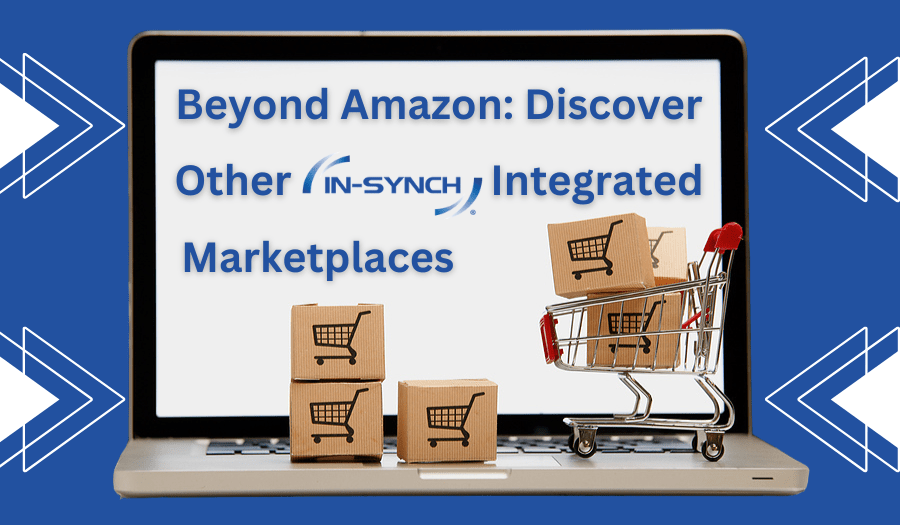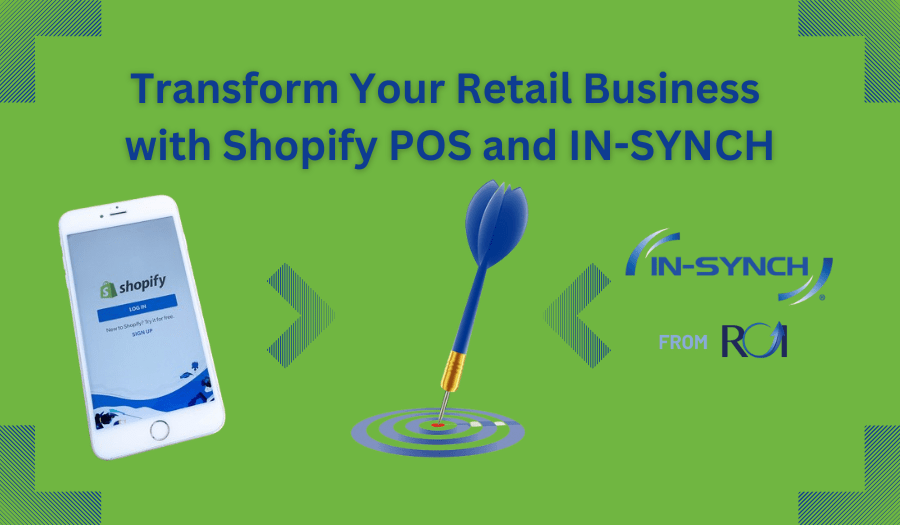By Ruth Richter • November 06, 2019
Whether you’re just starting out in ecommerce or are a well-established site, there’s likely still a thrill every time you see your numbers going up. Different key performance indicators (KPIs) show you different areas where your business is improving. But when it comes to your ecommerce website, are you tracking the best KPIs?
One popular KPI is conversion rate, or the percentage of your online visitors who complete a desired action. For ecommerce, that usually means purchasing a product. Conversion rates have typically been pegged as the most important metric to watch while you grow your business. Ecommerce sites are optimized for it in tracking online sales, adding an item to a wishlist, signing up for an email, or sharing on social media.
Yet, even when tracking purchases, conventional conversion rates aren’t telling you the whole story. You need to put Revenue Per Visitor (RPV) at the top of your KPI list. Here’s why.
What Is Revenue Per Visitor (RPV) and How Do You Calculate It?
First, let’s dive into exactly what RPV is. Revenue per visitor is the measurement of the amount of money generated every time a customer visits your website.
Calculating RPV is simple: Take the total revenue your company earned during a certain time period and divide by the number of unique visitors from that same time period. It’s recommended to use unique visitors for a truer measure, as most visitors will not purchase something the very first time they visit your site. They may save the item for later and cost compare across other sites, wait until a special offer or sale comes across, or until there’s budget for their purchase.
Thus, if your second quarter revenue was $20,000 and during those same three months, your site had 5,000 visitors, your RPV would be $4 per visitor (20,000 / 5,000).
Why You Should Care About RPV
Since traditional conversion rates weigh all purchases equally, you’ll see the same conversion value assigned to every customer, no matter if they spent five dollars with you, or $500. While average order value might fill some of that gap by telling you the average amount of a purchase made on your site, it can’t tell you the number of conversions per visitor. Which is where RPV comes in.
With RPV, you’ll see a clearer consideration of both number of visitors and the spend in one metric. It uncovers what’s working and what’s not in your overall sales efforts. If RPV is increasing, things are headed in the right direction. But, if your RPV trends downward, digging further may reveal issues such as an influx of unqualified visitors, or perhaps broken shopping cart links or other website performance issues that are blocking a sale from completing.
Realize that a decreasing RPV does not necessarily indicate something wrong with your site, or that you’re getting bad results. Even low-quality traffic might still drive sales. A new visitor may not purchase right away, but they may convert in other ways, such as joining an email list where they’ll receive a coupon code that drives a future purchase. While RPV may be one of the most important KPIs to track, you’ll want to continue monitoring conversion rates and average order value, too, for the full story of visitor behavior on your site.
Improving Your RPV
Once you start tracking the right KPIs—RPV, conversion rates, average order values—to see the full picture of your ecommerce health, it’s easier to figure out how to improve them. It all trickles down from RPV: Increase your RPV by either upping your ecommerce conversion rate (the number of visitors who make a purchase on your site) or your average order value (how much money each visitor spends).
In turn, conversion rates are easily increased by a smoother sales process, building trust with your audience through social proof, and ensuring you have clear and compelling calls to action. Your average order value can naturally by increased with higher-priced items, but also with upsells and/or incentives for larger purchases.
Drive KPIs With IN-SYNCH and ROI Consulting
The more access you have to your ecommerce data, the better you’ll be able to track KPIs for nimble business moves and improvements. With IN-SYNCH Sage 100 integration by ROI Consulting, your ecommerce sites, third-party shopping carts, custom sites and databases, and more can be instantly connected for seamless ecommerce shopping experiences. Whether it’s getting faster shipping information to customers to boost your social proof or keeping inventory information up-to-date across several sites for easy purchasing, IN-SYNCH keeps information flowing between your sites and your Sage 100 ERP for unparalleled process automation that drives ecommerce success.




